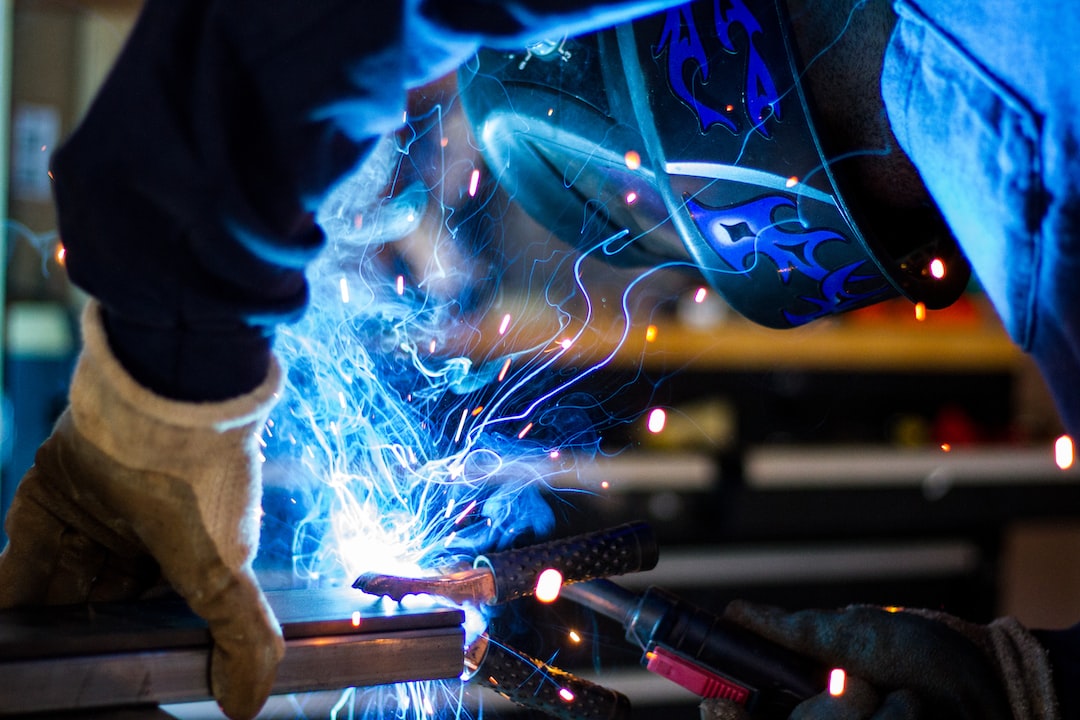Exploring the Future of Manufacturing: Trends and Innovations
The manufacturing industry has always been an essential cornerstone of global economies, and with the rapid advancement of technology, it is now undergoing a significant transformation. This transformation is driven by various trends and innovations that are reshaping the future of manufacturing, making it more efficient, sustainable, and customer-centric than ever before. In this blog post, we will delve into some of these trends and innovations that are shaping the future of manufacturing.
One of the most prominent trends in manufacturing is the rise of automation and robotics. Automation has been around for quite some time, but recent advancements in artificial intelligence and machine learning have brought about a new wave of automation that is revolutionizing the production process. Robots are being increasingly used to perform repetitive and labor-intensive tasks, freeing up human workers to focus on more complex and creative roles. This not only improves productivity but also enhances workplace safety and reduces operational costs.
Another significant trend in manufacturing is the implementation of advanced analytics and data-driven insights. As the Internet of Things (IoT) continues to connect devices and gather vast amounts of data, manufacturers can leverage this data to gain valuable insights into their operations. By using predictive analytics, manufacturers can anticipate maintenance requirements, optimize production schedules, and reduce the risk of equipment failure. This enables manufacturers to operate more efficiently and enhance overall equipment effectiveness.
Sustainability is also a major focus in the future of manufacturing. Consumers are increasingly conscious of their environmental footprint and demand sustainable products. To meet this demand, manufacturers are adopting innovative practices such as green manufacturing, which involves reducing waste, optimizing energy consumption, and recycling materials. Additionally, manufacturers are investing in renewable energy sources to power their operations, further reducing their carbon footprint. By embracing sustainable practices, manufacturers not only fulfill consumer expectations but also contribute to a greener planet.
The future of manufacturing is also heavily reliant on additive manufacturing, commonly known as 3D printing. 3D printing technology allows manufacturers to create complex and customized products using computer-aided design (CAD) models and various materials. This enables manufacturers to reduce lead times, minimize waste, and achieve greater design flexibility. From healthcare to automotive industries, 3D printing is revolutionizing the manufacturing landscape, providing unprecedented possibilities for innovation.
One of the emerging trends in manufacturing is the adoption of digital twins. A digital twin is a virtual replica of a physical product, system, or process, which allows manufacturers to simulate and optimize various scenarios. By creating digital twins, manufacturers can detect and rectify issues before they occur in the physical world, reducing downtime and improving overall efficiency. This technology also enables manufacturers to develop new products and optimize production processes in a virtual environment, saving time and costs.
Collaborative robots, or cobots, are another innovation that is revolutionizing manufacturing. These robots work alongside humans, assisting them in tasks that require accuracy, strength, or endurance. Cobots are flexible, safe, and easy to program, making them ideal for small and medium-sized enterprises. By embracing cobots, manufacturers can enhance productivity, improve product quality, and create safer working environments.
The future of manufacturing also involves the integration of artificial intelligence (AI) and machine learning. AI-powered systems can collect and analyze vast amounts of data, enabling manufacturers to make data-driven decisions in real-time. By using AI algorithms, manufacturers can optimize production processes, reduce defects, and improve product quality. AI-powered predictive maintenance can also significantly reduce downtime and maintenance costs, ensuring continuous production.
In conclusion, the future of manufacturing is exciting and full of promise. With trends such as automation, advanced analytics, sustainability, 3D printing, digital twins, cobots, and AI, the manufacturing industry is evolving rapidly, becoming more efficient, sustainable, and customer-centric. Embracing these trends and innovations will undoubtedly lead to increased productivity, reduced costs, and a competitive edge in the evolving global marketplace. As manufacturers adapt and invest in these technological advancements, we can expect a manufacturing future that is smarter, greener, and more agile than ever before.

